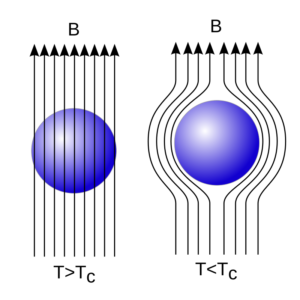Law of refraction by Fermat’s principle
Fermat’s principle
- According to Fermat’s principle of extremum path, a ray of light in passing from one point to another through a set of media by any number of reflections or refractions selects a path for which the time taken is either minimum or maximum.
Law of refraction by Fermat’s principle

- Optical path between A and B is
- l = µ1 (AO) + µ2 (OB)
- l = µ1 √{a2 + x2} + µ2 √{b2 + (c – x)2)}
- From Fermat’s principle, the position of point O is such the optical path l should be either maximum or minimum.
- dl/dx = 0
- This is mathematical form of Snell’s law.
- Thus when a light ray refracted from one medium to another then the ratio of sine of angle of incidence to the sine of angle of refraction is always remain constant, and is equal to the refractive index of the second medium with respect to first medium. This is also known as Snell’s law
- Also the incident ray, normal to the refractive surface and refracted ray all lie in the same plane.
- These are the laws of refraction.
- If light ray travels from rarer to denser medium then it bends towards the normal and if it travels from denser to rarer medium then it bends away from the normal.
To know in detail about the law of refraction by Fermat’s principle please click here.


